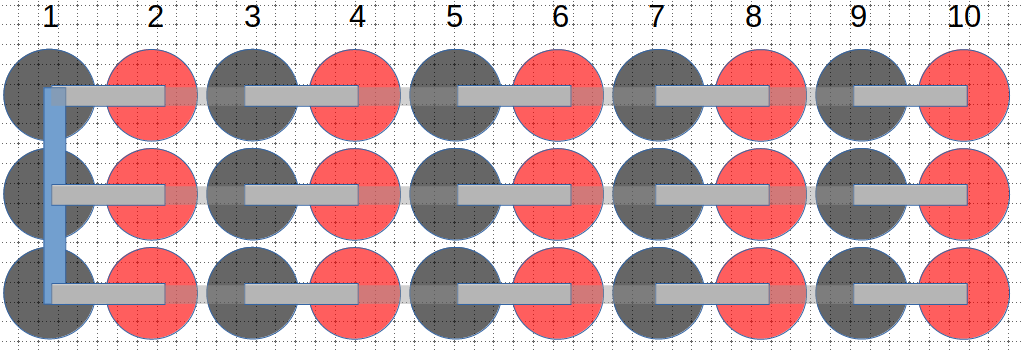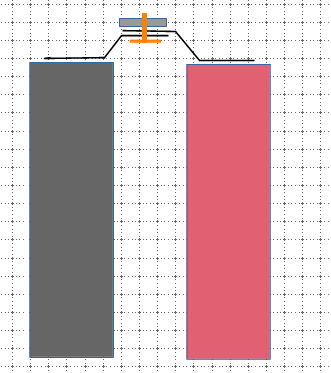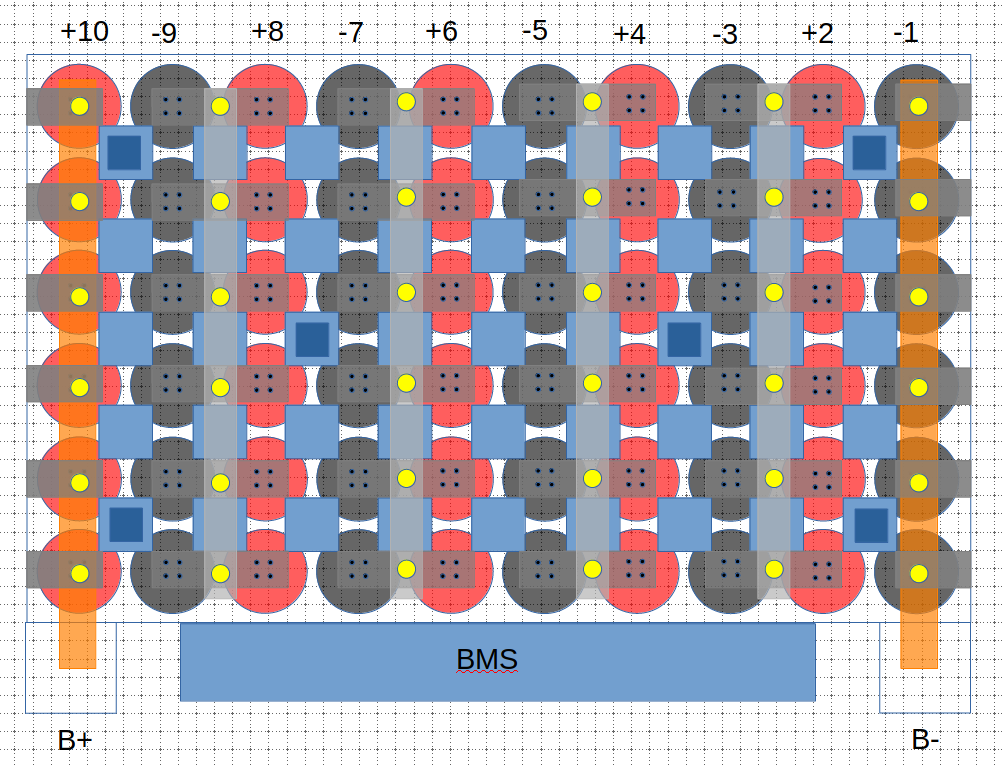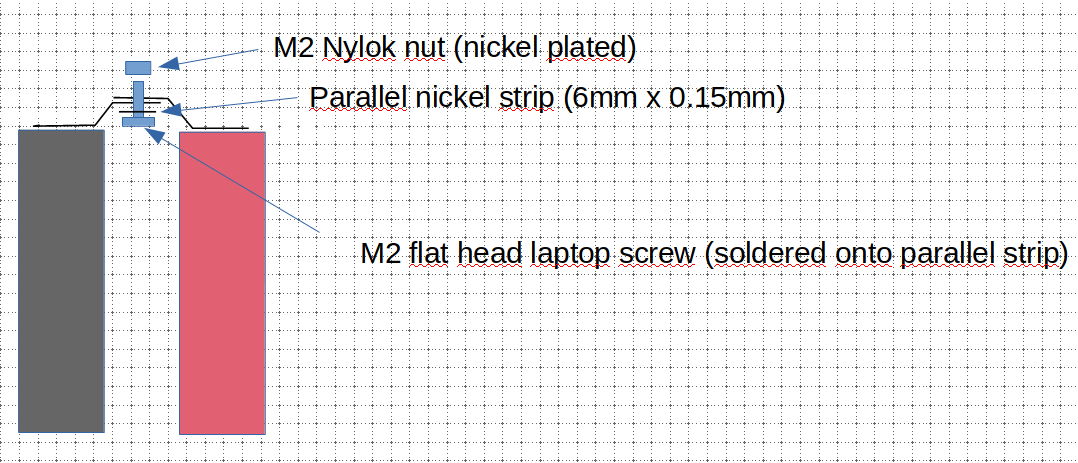Hi,
when building a Li-ion battery, it seems usual to first build groups of parallel cells and then connect these in series. Is it actually safe to do it conversely: first build groups of cells in series and then connect these groups in parallel?
I understand that groups of cells connected in series should have the same capacity when using the battery. If that is not the case, cells with lower capacity will get depleted before others etc which is not good. But this all apply when you're loading the battery. During the build, when first building the series connections and then the parallel ones, you'll be effectively connecting cells in series that do have different capacity (e.g. when placing the first parallel connection, the first group of cells will have a larger capacity than cells that are not already connected in parallel). But during the build process, no load is applied to the battery so this shouldn't matter right? Of course, when all parallel connections are placed, all cells have the same capacity and there is no longer any problem of course.
Is that correct or am I missing something? I'd be interested in first building the series connections and then the parallel ones in my build because it would be easier with my layout. But I just want to make sure this would not result in any adverse event...
Thanks
when building a Li-ion battery, it seems usual to first build groups of parallel cells and then connect these in series. Is it actually safe to do it conversely: first build groups of cells in series and then connect these groups in parallel?
I understand that groups of cells connected in series should have the same capacity when using the battery. If that is not the case, cells with lower capacity will get depleted before others etc which is not good. But this all apply when you're loading the battery. During the build, when first building the series connections and then the parallel ones, you'll be effectively connecting cells in series that do have different capacity (e.g. when placing the first parallel connection, the first group of cells will have a larger capacity than cells that are not already connected in parallel). But during the build process, no load is applied to the battery so this shouldn't matter right? Of course, when all parallel connections are placed, all cells have the same capacity and there is no longer any problem of course.
Is that correct or am I missing something? I'd be interested in first building the series connections and then the parallel ones in my build because it would be easier with my layout. But I just want to make sure this would not result in any adverse event...
Thanks






